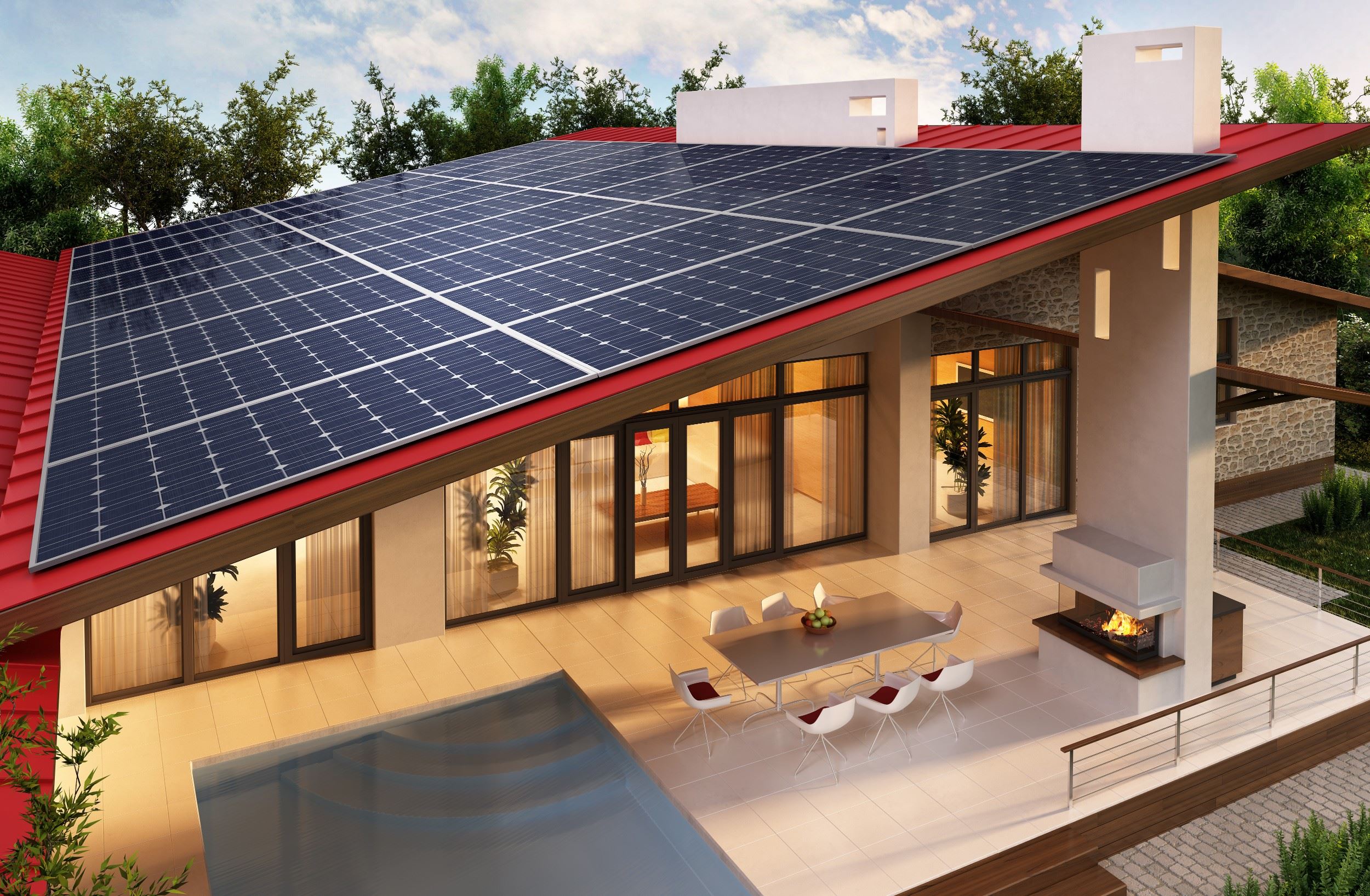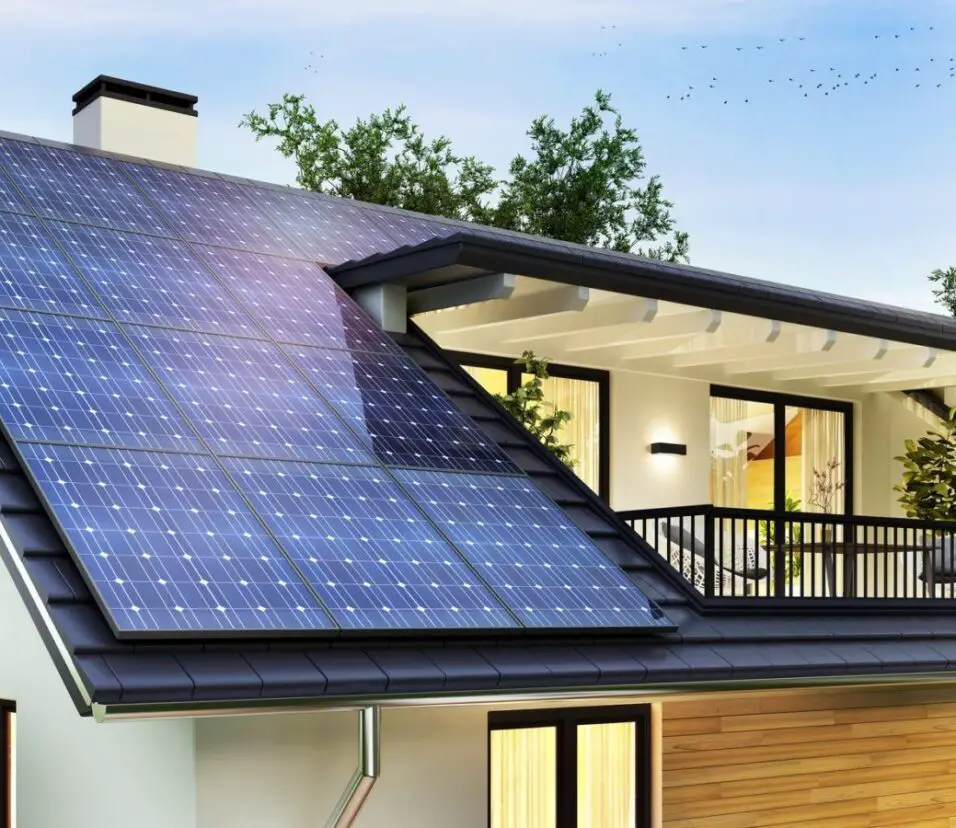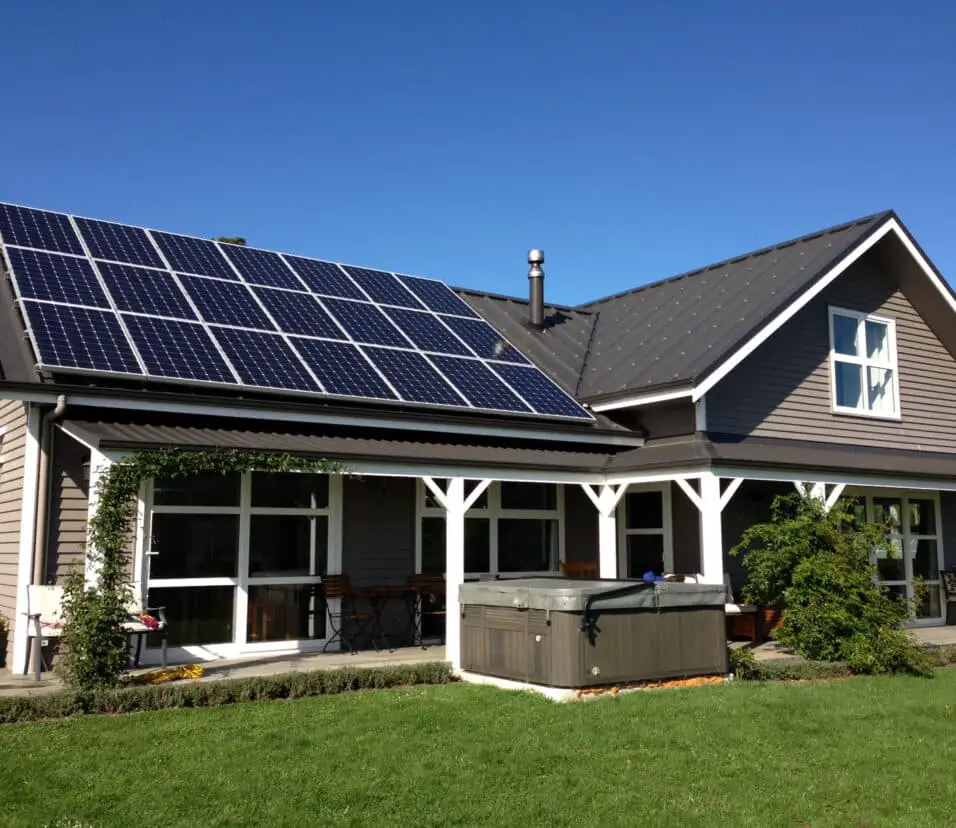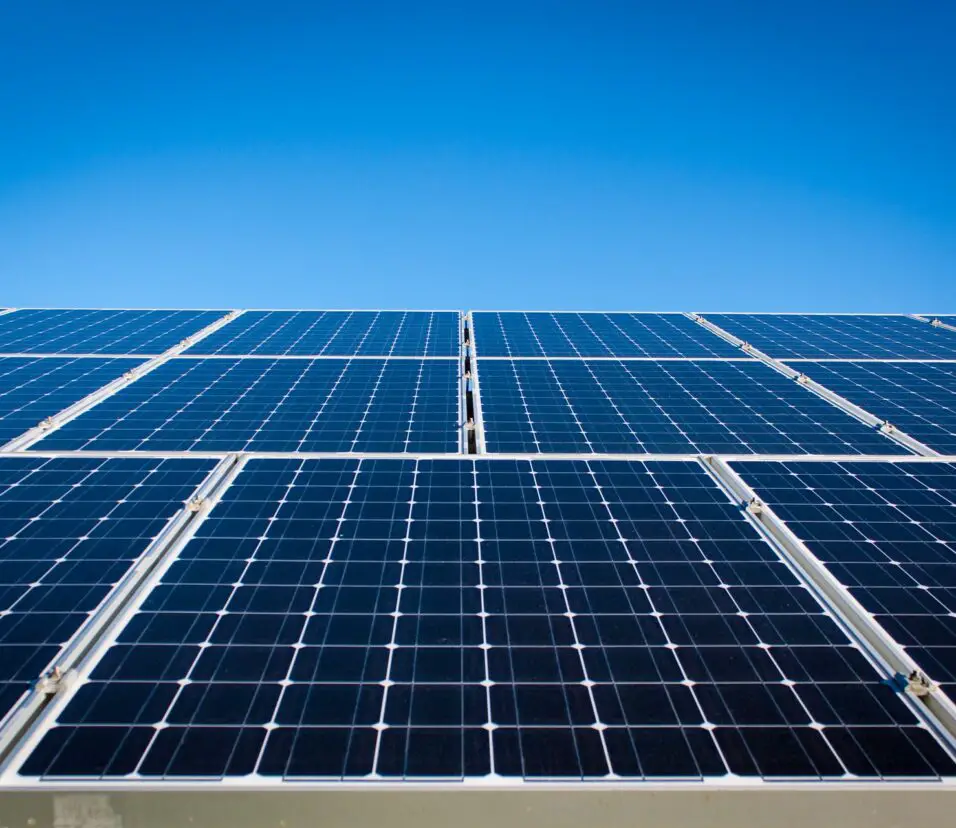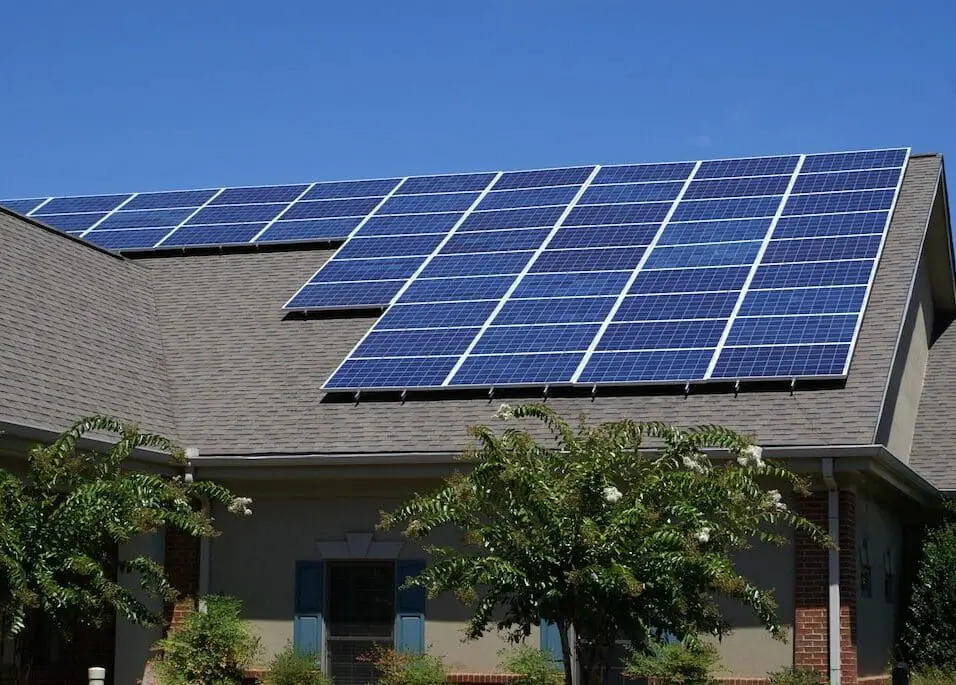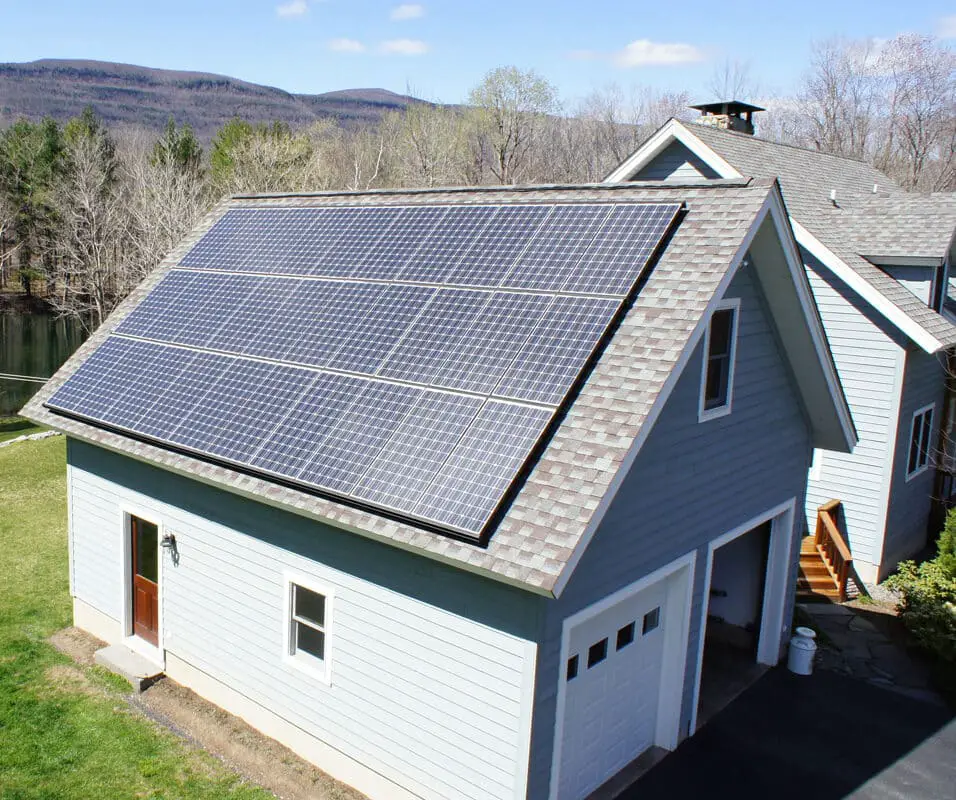How Do Home Solar Panels Work
Introduction
How Do Home Solar Panels Work: At first glance, a solar panel may seem like a simple array of shimmering panels adorning rooftops or gardens. However, beneath their glossy surface lies a sophisticated interplay of scientific principles and cutting-edge technology. Understanding how home solar panels work unlocks the secrets to their remarkable ability to convert sunlight into clean electricity, empowering homeowners to generate their power and even contribute surplus energy back to the grid.
This exploration takes us on a captivating journey through the fundamentals of photovoltaics, revealing the remarkable process by which photons of sunlight excite electrons, creating an electric current that powers our homes. Along the way, we will delve into the vital components of a solar panel system, the mechanisms that optimize energy efficiency, and the advantages that embracing solar power brings to individuals and communities alike.
Home solar panels, also known as photovoltaic (PV) systems, have become a beacon of hope, enabling individuals and families to participate actively in the quest for a cleaner, greener future. By tapping into the virtually limitless energy radiated by the sun, these unassuming installations have revolutionized the way we think about energy production and consumption.
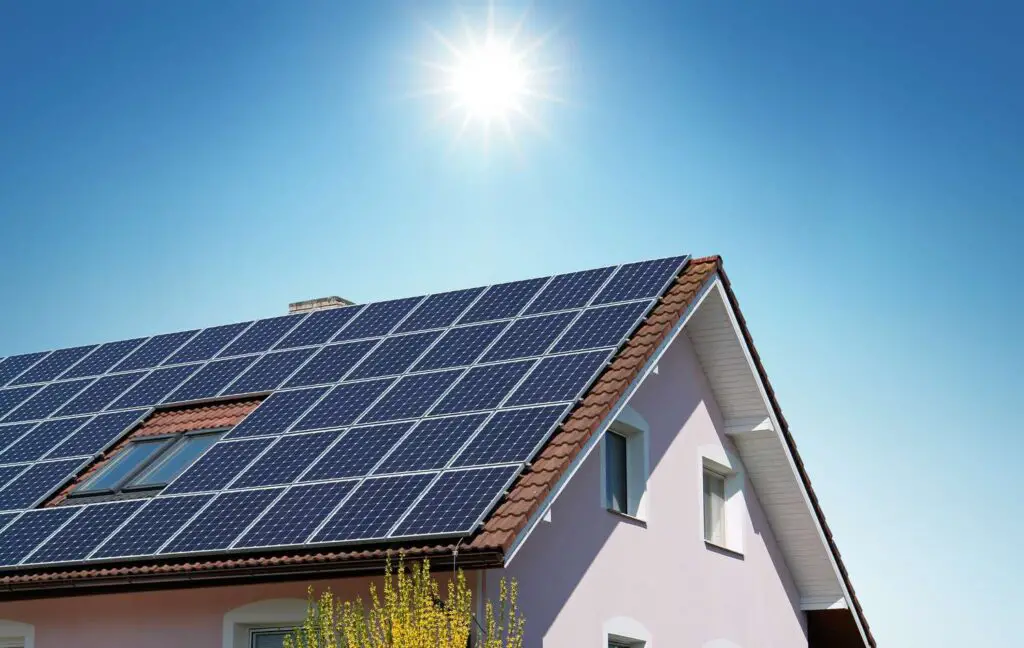
How solar panels work step by step?
How Do Solar Panels Make Electricity?
- STEP 1: Sunlight activates the panels. A rack-and-panel solar system.
- STEP 2: The cells produce electrical current. A silicon ingot and wafer.
- STEP 3: The electrical energy is converted.
- STEP 4: The converted electricity powers your home.
- STEP 5: A net meter measures usage.
The journey begins with the most fundamental aspect of solar panels – sunlight absorption. Each solar panel consists of numerous solar cells made from semiconductor materials, usually silicon. When sunlight strikes the surface of these solar cells, it interacts with the atoms in the material. The solar cells are designed to absorb a wide range of light frequencies, including visible and infrared light.
Once the sunlight is absorbed, a fascinating phenomenon called the photovoltaic effect comes into play. The energy from the absorbed photons excites electrons within the semiconductor material, causing them to be released from their atoms. The structure of the solar cell facilitates the flow of these energized electrons, generating an electric current. This process is the foundation of converting solar energy into electricity.
As the energized electrons flow through the semiconductor material, an electrical circuit within the solar panel collects and guides them in a specific direction. This controlled flow creates a direct current (DC) of electricity. However, DC electricity alone cannot power our homes and appliances, which is where the next step comes in.
To make the electricity generated by the solar panels usable for household appliances and electronics, it must be converted from DC to alternating current (AC). This is the type of electricity used in most homes and businesses. The inverter, a crucial component of the solar panel system, performs this conversion, ensuring that the electricity produced by the solar panels is compatible with the existing electrical grid.
How many solar panels does it take to run a house?
How many solar panels power a house? Key takeaways. An average home needs between 17 and 21 solar panels to fully offset utility bills with solar. The number of solar panels you need depends on a few key factors, including your geographic location and individual panel specifications.
The first step in assessing the number of solar panels required is to understand the household’s energy consumption. This involves calculating the average daily kilowatt-hours (kWh) used by all electrical devices and appliances over a given period, usually a year. Homeowners can find this information on their utility bills or use energy monitoring devices to track consumption.
Solar panels come in various wattages, ranging from around 250 watts to over 400 watts per panel. The higher the wattage, the more electricity a single panel can generate. When calculating the number of panels needed, the capacity of the solar panels should be considered to ensure they can meet the household’s energy demands.
The amount of sunlight a location receives is a crucial factor in determining the number of solar panels required. Regions with more sun exposure will produce more solar energy, requiring fewer panels to meet the household’s electricity needs. In contrast, areas with less sunlight may necessitate a larger number of panels to compensate for reduced solar energy production.
Solar panel efficiency refers to how effectively the panels convert sunlight into electricity. Higher efficiency panels produce more electricity per square foot, allowing homeowners to achieve their energy goals with fewer panels. However, higher efficiency panels may also come at a higher cost.
Do solar panels work in winter?
Even in below-freezing weather, solar panels turn sunlight into electricity. That’s because solar panels absorb energy from our sun’s abundant light, not the sun’s heat. In fact, cold climates are actually optimal for solar panel efficiency.
One of the primary misconceptions about solar panels in winter is that they are ineffective due to reduced sunlight. While it is true that winter days are generally shorter, and some regions experience more overcast skies, solar panels can still generate electricity even on cloudy days. While they may not perform at their peak efficiency, they are still capable of converting available sunlight into usable energy.
Cold Temperatures and Efficiency
Interestingly, solar panels can actually perform slightly better in colder temperatures. Photovoltaic (PV) panels are semiconductor devices, and their efficiency improves as the temperature drops. High temperatures can lead to slight reductions in efficiency, making colder climates beneficial for solar panel performance.
Snow Coverage
One significant challenge that solar panels face in winter is snow coverage. When covered with snow, solar panels cannot absorb sunlight effectively. However, modern solar panel designs are built to handle snow loads and are often installed at an angle to encourage snow to slide off naturally. Additionally, many homeowners or solar companies offer snow removal services to ensure the panels remain clear and functional.
Daylight Hours and Energy Storage
One consideration during winter is the shorter daylight hours, which means there is less time available for solar panels to generate electricity. However, this challenge can be mitigated by using energy storage solutions, such as batteries. Energy storage allows homeowners to store excess electricity produced during sunny periods and use it during the evening or when the sun is not shining, providing a more reliable power source in winter months.
Can solar panels work at night?
The short answer is: no, solar energy systems only operate during the day. This is because the power from the sun is key to how a solar panel turns light into electricity.
Solar panels work based on the principle of photovoltaics, where sunlight (photons) interacts with semiconductor materials to generate an electric current. Therefore, solar panels require direct sunlight to produce electricity. During the day, the panels are positioned to capture as much sunlight as possible to maximize energy generation.
As the sun sets and night descends, solar panels no longer receive direct sunlight. Without the essential input of photons, they cease to generate electricity. This is a fundamental limitation of solar power and applies to all standard solar panel technologies.
While solar panels do not generate electricity at night, energy storage solutions can provide a workaround. One popular method is using batteries to store excess energy produced during daylight hours. These batteries store the energy and release it when the solar panels are not producing, such as during the nighttime or on cloudy days. This enables homeowners to have a consistent power supply even when solar panels are not actively generating electricity.
Another option to ensure continuous electricity supply is a grid connection. With grid-tied solar systems, excess electricity generated during sunny periods can be fed back into the grid. In return, homeowners receive credits or compensation from their utility company. During the night, when solar panels are not producing, homeowners can draw electricity from the grid using the credits earned, ensuring a continuous power supply.
Do solar panels work in rain?
Solar panels will still work even when the light is reflected or partially blocked by clouds. Rain actually helps to keep your panels operating efficiently by washing away any dust or dirt.
Contrary to popular belief, solar panels can still produce electricity even during rain showers. While rain reduces the amount of direct sunlight reaching the solar panels, it does not render them completely ineffective. Modern solar panels are designed to be robust and weather-resistant, allowing them to continue generating electricity in various weather conditions.
During rain, the sky is often overcast, which means the sunlight is scattered and diffused by the water droplets in the atmosphere. While this reduces the intensity of direct sunlight, solar panels can still capture and convert the diffused light into electricity. However, the energy production may be lower compared to sunny days with clear skies.
Interestingly, rain can have a positive impact on solar panel performance. Rainwater can act as a natural cleaner, washing away dirt, dust, and other debris that may have accumulated on the panel’s surface. Cleaner panels can lead to increased efficiency, improving energy production in the following days.
Another benefit of rain for solar panel owners is the potential for rainwater consumption. Some homeowners with rainwater harvesting systems can use the rainwater collected to clean their solar panels, maintaining optimal efficiency and energy production.
Do solar panels need maintenance?
Solar panels typically don’t require much maintenance other than periodic cleaning and keeping them free from obstacles that can cast shadows over the panels. Solar panels need an unobstructed path to the sun to operate optimally.
Regular maintenance is essential to keep solar panels operating at their peak efficiency. Dust, dirt, leaves, bird droppings, and other debris can accumulate on the surface of the panels, blocking sunlight and reducing energy production. By keeping the panels clean and well-maintained, you can maximize their energy output and ensure the best return on your investment.
Cleaning Solar Panels
Cleaning the solar panels is one of the primary maintenance tasks. Depending on the area’s climate and environment, panels may need cleaning every few months or at least once a year. Using a soft brush or a hose with a gentle stream of water, you can remove any debris or dirt that has accumulated on the panels’ surface. Avoid using abrasive materials or high-pressure washers, as they may damage the protective coating on the panels.
Checking for Damage
Regularly inspecting the panels for any signs of damage is crucial. Look for cracks, chips, or any physical damage that could affect their performance. Additionally, ensure that the mounting structure and frame are secure and in good condition.
Monitoring Performance
Monitoring the performance of your solar panel system is essential for identifying any issues or drops in efficiency. Many modern solar panel systems come with monitoring software that allows you to track the energy production and performance remotely. If you notice a significant decrease in energy production, it may be an indication of a problem that requires attention.
Do solar panels need cleaning?
Always watch out for dirt on the solar panels to make sure it doesn’t build up since they can absorb sunlight better when they are free of dirt. Many people question, do solar panels need cleaning? – the answer is yes. Depending on the type of panel you have, you might be weekly or monthly in cleaning solar panels.
Regular cleaning of solar panels is essential to maximize their energy production and overall performance. Dust, dirt, pollen, bird droppings, leaves, and other debris can accumulate on the surface of the panels, reducing the amount of sunlight that reaches the photovoltaic cells.
This reduced exposure to sunlight hampers the panels’ ability to convert solar energy into electricity, leading to a decrease in their efficiency.
Several factors can contribute to the accumulation of dirt and debris on solar panels. The surrounding environment plays a significant role, as homes located near construction sites, agricultural fields, or dusty roads are more prone to dirt buildup. Additionally, urban areas with higher pollution levels may experience greater particle deposition on solar panels.
The regional climate and weather also play a role in the frequency of solar panel cleaning. Areas with frequent rain or locations near bodies of water may experience more frequent bird droppings or algae growth, necessitating more regular cleaning.
Solar panels have some self-cleaning properties, such as the hydrophobic coating on the glass surface that repels water. Rain can wash away some dust and debris, but it may not be sufficient to keep the panels entirely clean, especially in areas with infrequent rainfall or persistent pollutants.
Do solar panels make noise?
The short answer is: technically, no. Solar panels themselves emit little, or really any noise. They don’t have any moving parts that turn or churn to make any kind of noise. Once installed, they’re there to take in sunlight and convert it all to energy.
Solar panels operate silently, making no noise during their energy generation process. Unlike traditional power generation methods, such as combustion-based power plants or wind turbines, solar panels do not involve any mechanical components that produce sound. Instead, they utilize photovoltaic cells to convert sunlight into electricity without any moving parts.
Absence of Moving Parts
The lack of moving parts is the primary reason why solar panels do not make noise. Photovoltaic cells within the solar panels absorb sunlight, and through the photovoltaic effect, convert it directly into electricity. This direct conversion process eliminates the need for any mechanical components, such as turbines or engines, which are often the sources of noise in conventional power generation methods.
Noise-Free Residential Installations
Solar panels installed on residential rooftops or ground-mounted arrays remain completely silent throughout their lifespan. They generate electricity silently, allowing homeowners to enjoy a peaceful environment without any additional noise pollution.
Peaceful Energy Production
The quiet operation of solar panels contributes to a more serene and peaceful energy production process. As renewable energy sources, solar panels play a crucial role in reducing greenhouse gas emissions and combatting climate change while ensuring a quiet and eco-friendly electricity generation.
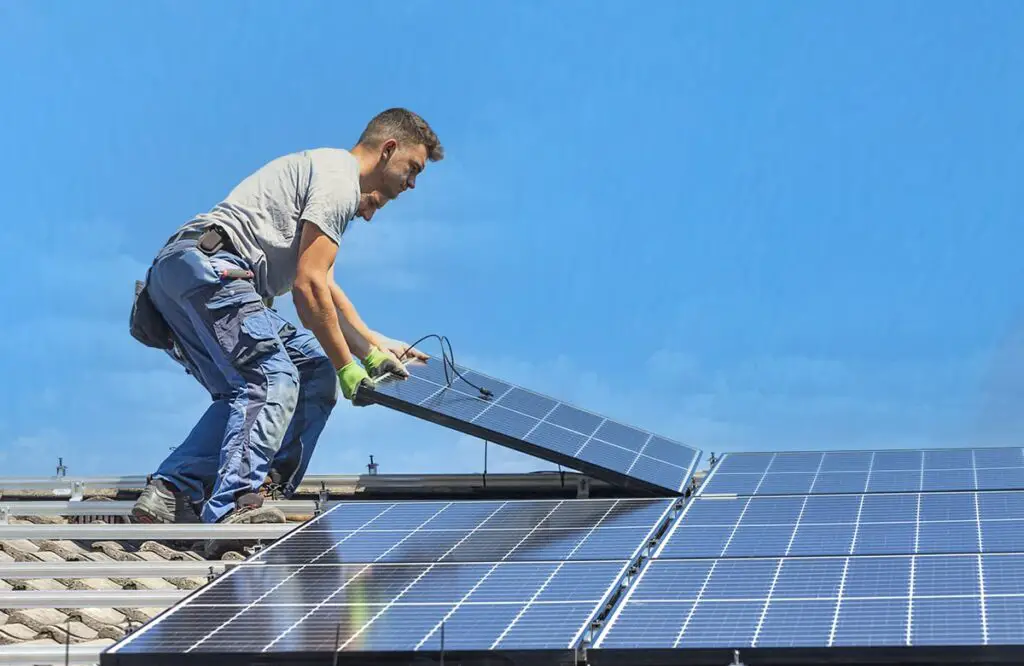
Conclusion
The magic of home solar panels lies in their ability to harness the sun’s radiant energy and transform it into clean, renewable electricity. Through the photovoltaic effect, photons of sunlight excite electrons within the solar cells, generating a flow of electrons that can be harnessed as a usable electrical current. This remarkable process takes place silently and without emissions, making solar power an environmentally friendly alternative to traditional panels work energy sources.
The simplicity of solar panels’ design belies the complexity of their optimization. Engineers and researchers continually strive to improve efficiency, durability, and affordability, making solar power an increasingly viable option for a wider range of households. Advances in energy storage technologies, such as battery systems, further bolster the appeal of solar panels, allowing homeowners to harness and store excess energy for use during cloudy days or at night.
Beyond the individual benefits of reduced energy bills and greater self-sufficiency, home solar panels contribute to a collective movement towards sustainability. As more households embrace solar power, the demand for fossil fuels decreases, reducing greenhouse gas emissions and mitigating the impact of climate change. Additionally, surplus energy generated by homeowners can be fed back into the grid, bolstering overall energy security and resilience.



